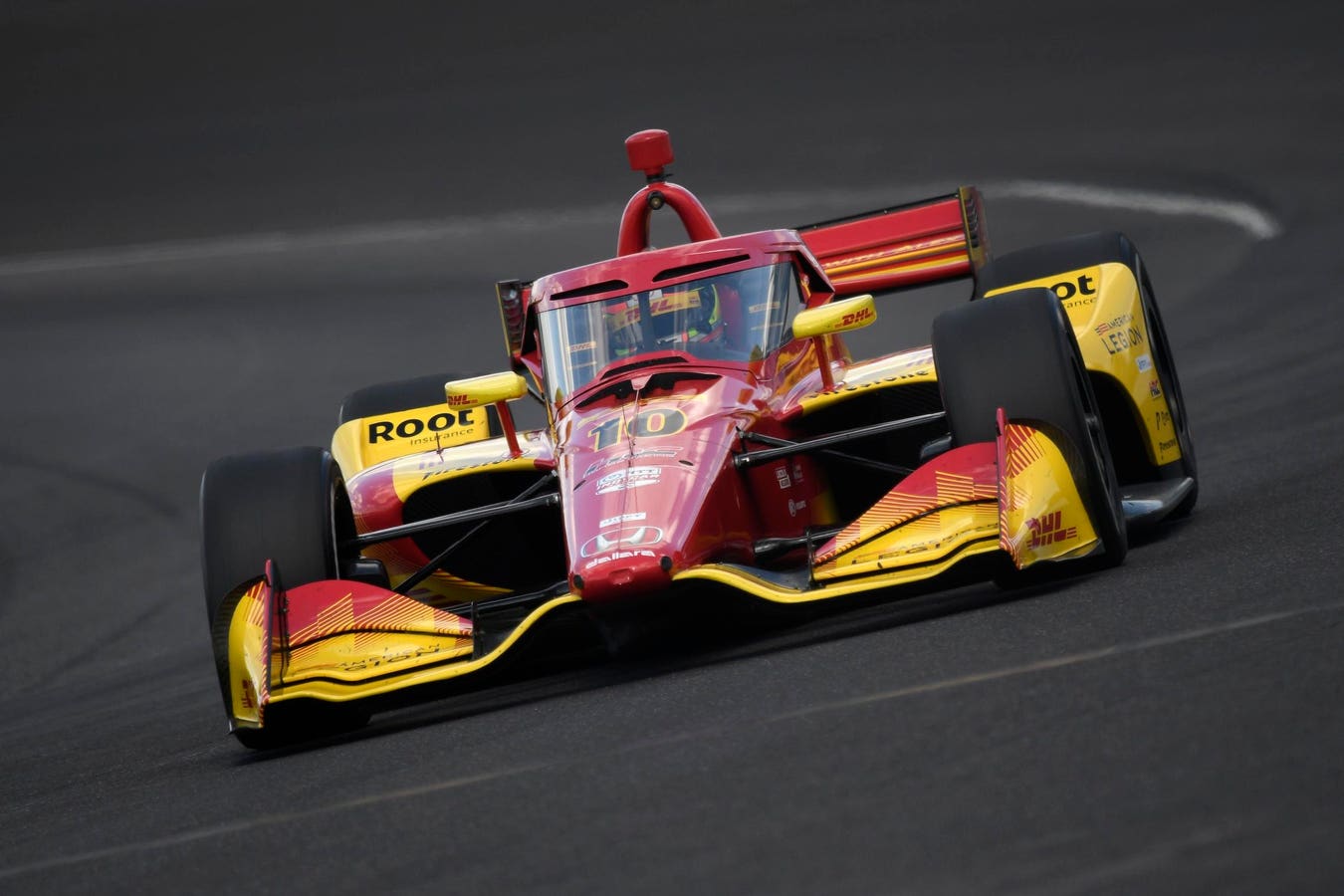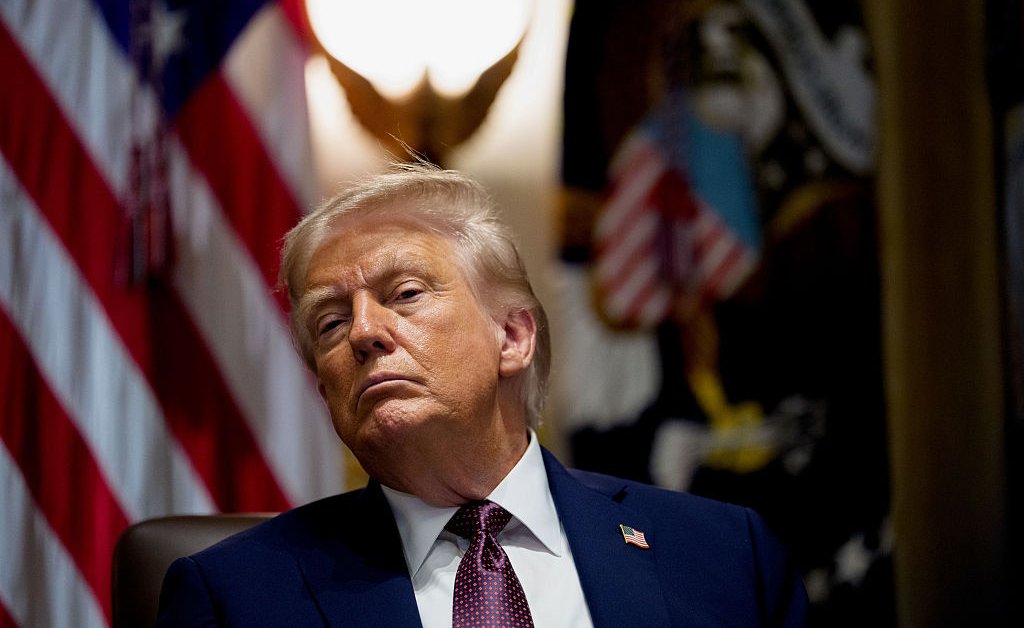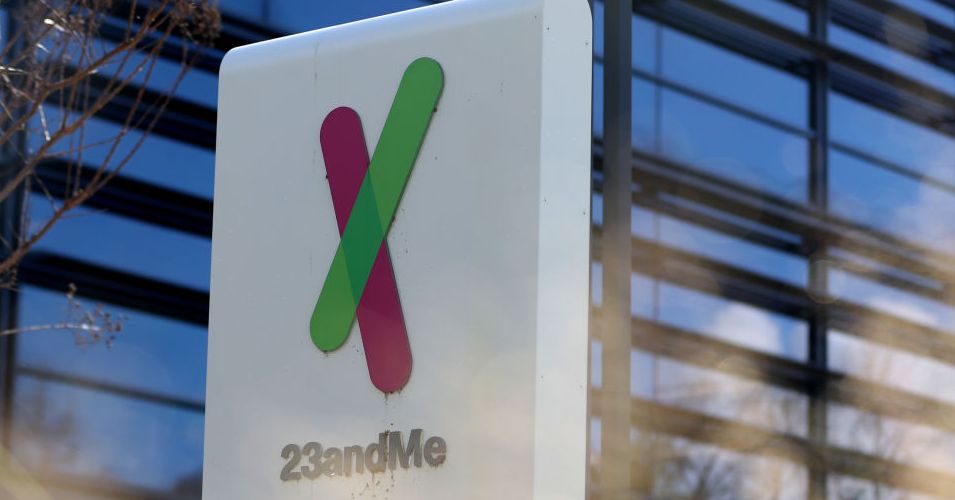Alex Palou of Spain (10) driving for Chip Ganassi Racing races off of turn eleven during the NTT … More
This month is huge for auto racing. You have the Grand Prix of Monaco, one of the most famous Formula One events. You have the Coca-Cola 600, the longest race on the NASCAR calendar.
Historically, however, the most famous May race is the Indianapolis 500. It began in 1911, two years after the facility was built. It has been held almost every year since then except for World War I and World War II.
Still, Indy has its challenges.
NASCAR passed IndyCar as the biggest U.S. racing series years ago. Formula One has expanded globally. It races in many countries and now has three events in the United States: Miami; Austin, Texas; and Las Vegas.
For a time (the 1960s), the Indianapolis 500 drew F-1 racers. The F-1 calendar was shorter then. Two F-1 drivers, Jim Clark and Graham Hill, won consecutive Indy races in 1965 and 1966.
IndyCar racing seemed ready to expand late in the 20th century. International racers such as Emerson Fittipaldi and Nigel Mansell, were active in the series. Mario Andretti, who left IndyCar racing for Formula One, returned. His son, Michael Andretti, was a notable IndyCar driver.
The problem: IndyCar racing suffered a split. Management of the Indianapolis Motor Speedway in the 1990s started its own racing series, originally called the Indy Racing League. That put it in competition with Championship Auto Racing Teams (CART), which supplied most of the teams for the Indy 500.
That competition lasted for years. CART eventually fell by the wayside. But IndyCar generally had been damaged. NASCAR had zoomed by in the U.S. market.
Eventually, the Hulman-George family, which ran the speedway starting in 1945, threw in the towel. It sold the speedway and the IndyCar series to Roger Penske, a successful businessman and a leading IndyCar team owner. The deal was completed in early 2020.
On Saturday, the IndyCar series held a race at the speedway’s road course. In the late 1990s, it was constructed in the speedway’s infield and incorporated part of the speedway’s oval track.
The road course was built to attract Formula One. Several F1 races were held there, starting in 2000. Yet, it didn’t work out and F1 moved on.
The race on Saturday was a reminder of the hopes the Hulman-George family had for F1. All these years later, attendance at the IndyCar road course event is a fraction of the Indianapolis 500.
One positive for IndyCar: The series has a new television contract with Fox so that all races are on the main Fox broadcast channel. As a result, Fox now televises both the Indy 500 and the Daytona 500, the biggest NASCAR race.
Yet, questions remain. Roger Penske is 88 years old. Can the speedway and IndyCar series survive after he passes from the scene?
That remains to be seen. Racing fans should enjoy the rest of the month.








